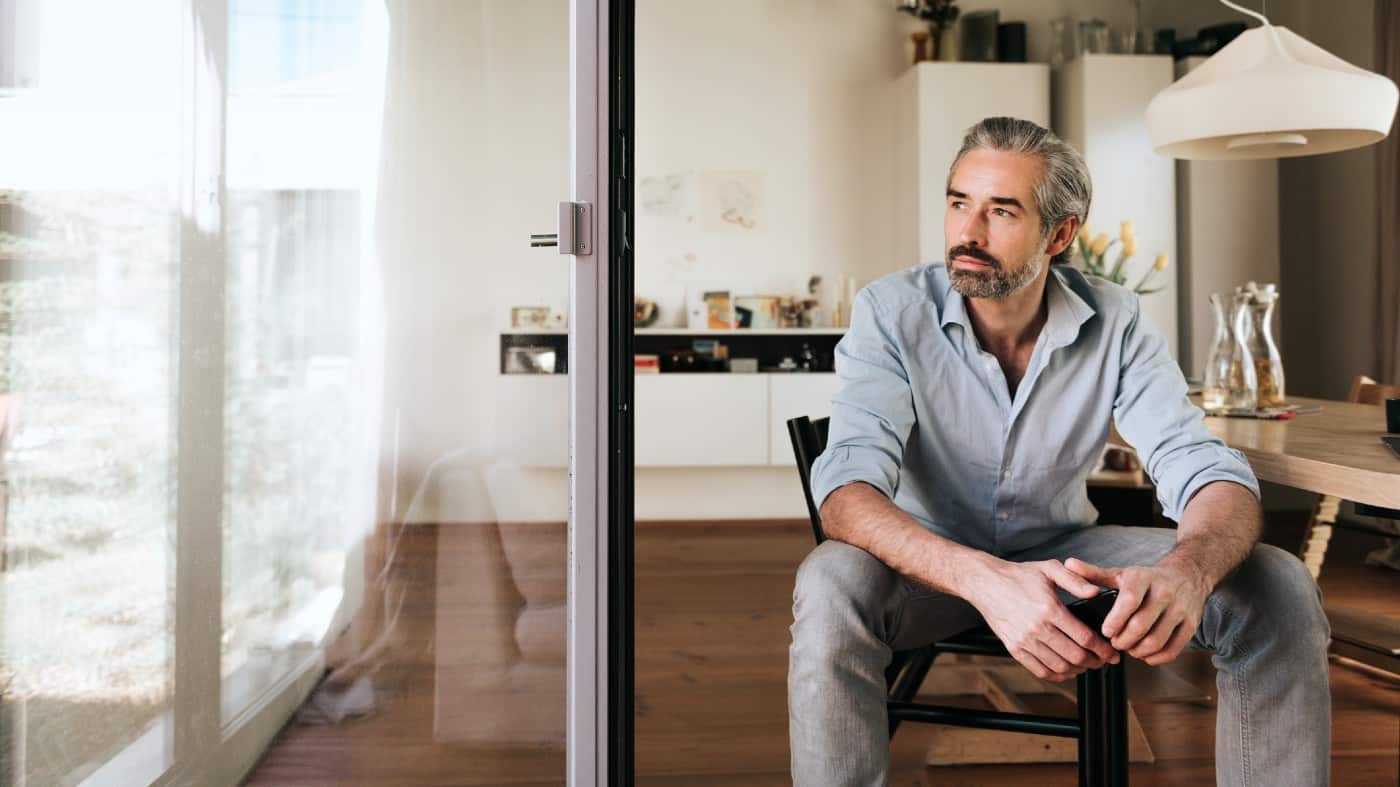Hargreaves Lansdown (LSE: HL) shares had a roller coaster ride last week. On Wednesday morning, the share price shot up after the online broker released its latest half-year results. But then the stock slumped just as sharply, swinging more than 15% in a single day.
Four-year slump
Long before Covid-19 crashed financial markets, Hargreaves Lansdown shares closed at 2,419p on 17 May 2019. At the time, I recall thinking that they were overvalued and surely set to slide.
Sure enough, the stock came crashing back to earth with a bang. Here are the closing prices for the past three years:
Should you invest £1,000 in Hargreaves Lansdown right now?
When investing expert Mark Rogers has a stock tip, it can pay to listen. After all, the flagship Motley Fool Share Advisor newsletter he has run for nearly a decade has provided thousands of paying members with top stock recommendations from the UK and US markets. And right now, Mark thinks there are 6 standout stocks that investors should consider buying. Want to see if Hargreaves Lansdown made the list?
| End-2020 | 1,525p |
| End-2021 | 1,355p |
| End-2022 | 856.2p |
For the record, the Hargreaves Lansdown share price has never got close to its spring 2019 peak. Indeed, at its 2022 low, it crashed to just 735.6p on 24 October. On Friday, this FTSE 100 share closed at 853.6p, up 16% from last year’s bottom. This values the group’s equity at £4.1bn.
Even during the stock market boom of 2020-21, Hargreaves Lansdown shares had a volatile time. And with financial markets crashing last year, this stock had a brutal 2022.
Indeed, it hasn’t been good to its owners over the past year, losing 33.7% of its value. Over five years, Hargreaves Lansdown shares have crashed by almost exactly half. Ouch.
Good health
Then again, when I buy a share today, I’m buy a stake in a company’s future performance, rather than its past. And with the firm’s share price laid low, I’ve added this sagging stock to my watchlist of potential buys.
Obviously, the investing services offered by Hargreaves and other fund supermarkets are set to play a major part in the financial future of millions of Britons. Also, the firm’s yearly revenues leapt by a fifth to £350m in 2022, while pre-tax profits soared by 31% to £198m.
In short, the company — founded in 1981 — appears to be in decent health. But what about its share fundamentals?
This stock was overpriced. What about now?
The shares trade on a price-to-earnings ratio of 16.1, for an earnings yield of 6.2%. That’s a bit more expensive than the wider FTSE 100. Also, its dividend yield of 4.7% a year is a full percentage point higher than the Footsie’s cash yield. But this is covered only 1.3 times by earnings, which isn’t a wide margin of safety.
What’s more, the company is engaged in a very public spat with its co-founder and largest shareholder, billionaire Peter Hargreaves. He argues that the group should aggressively cut costs and lay off workers. That can hardly be very motivating for the company’s workforce.
Summing up, my view is that Hargreaves Lansdown shares look cheap today in historical terms. In addition, I like the look of their market-beating dividend. But I won’t buy this stock just yet, because I can see better bargains lurking in the FTSE 100 at the moment.








